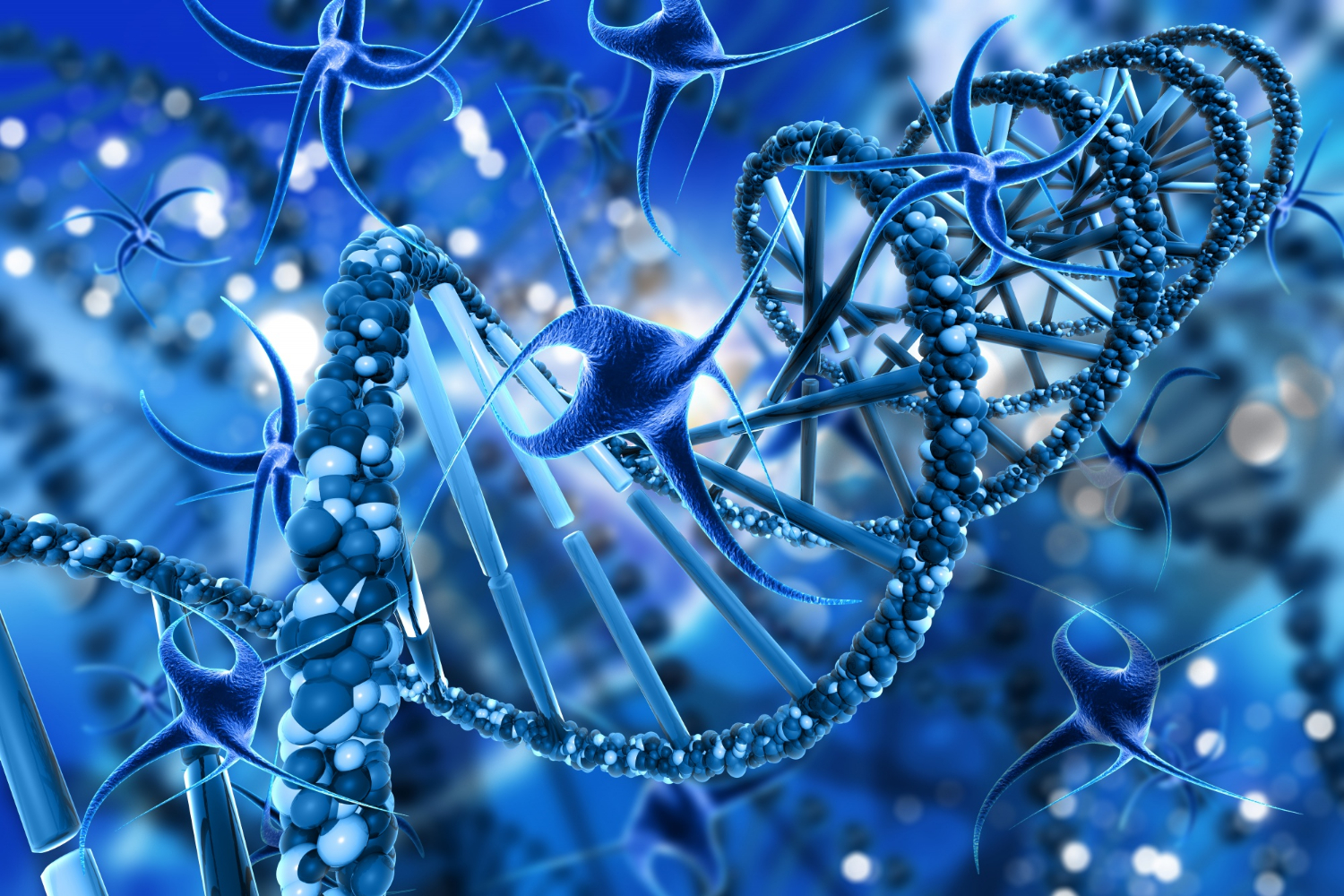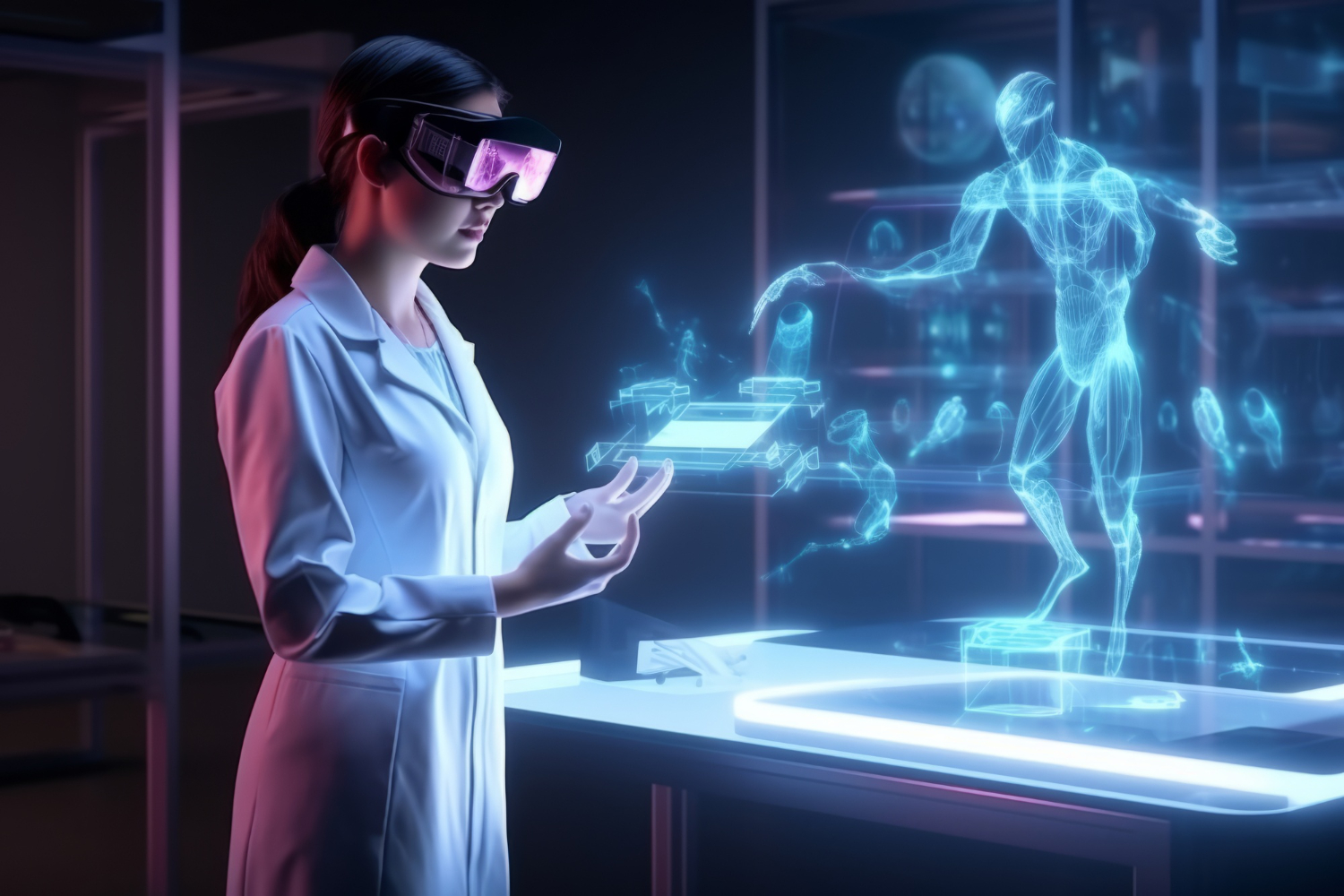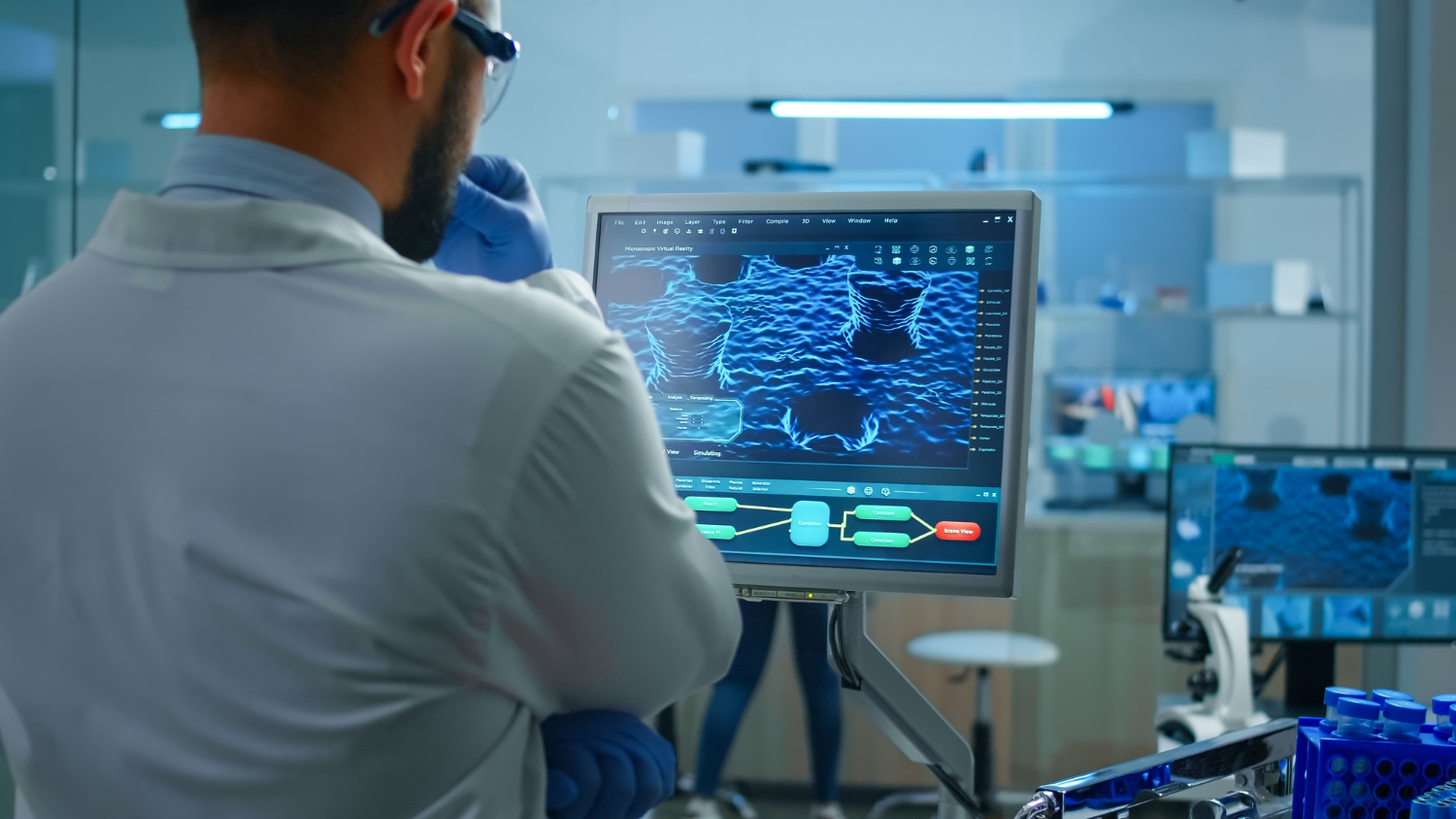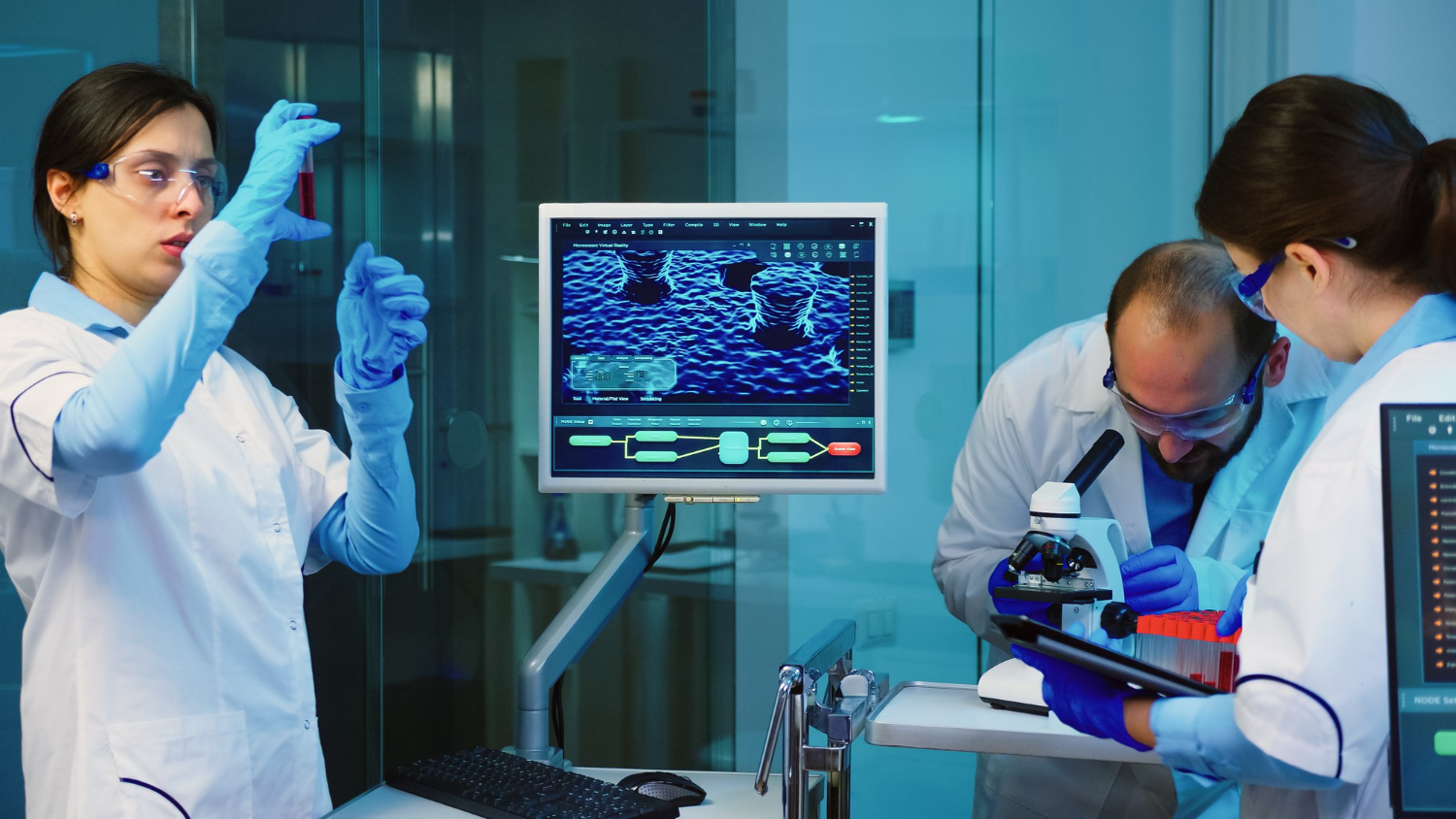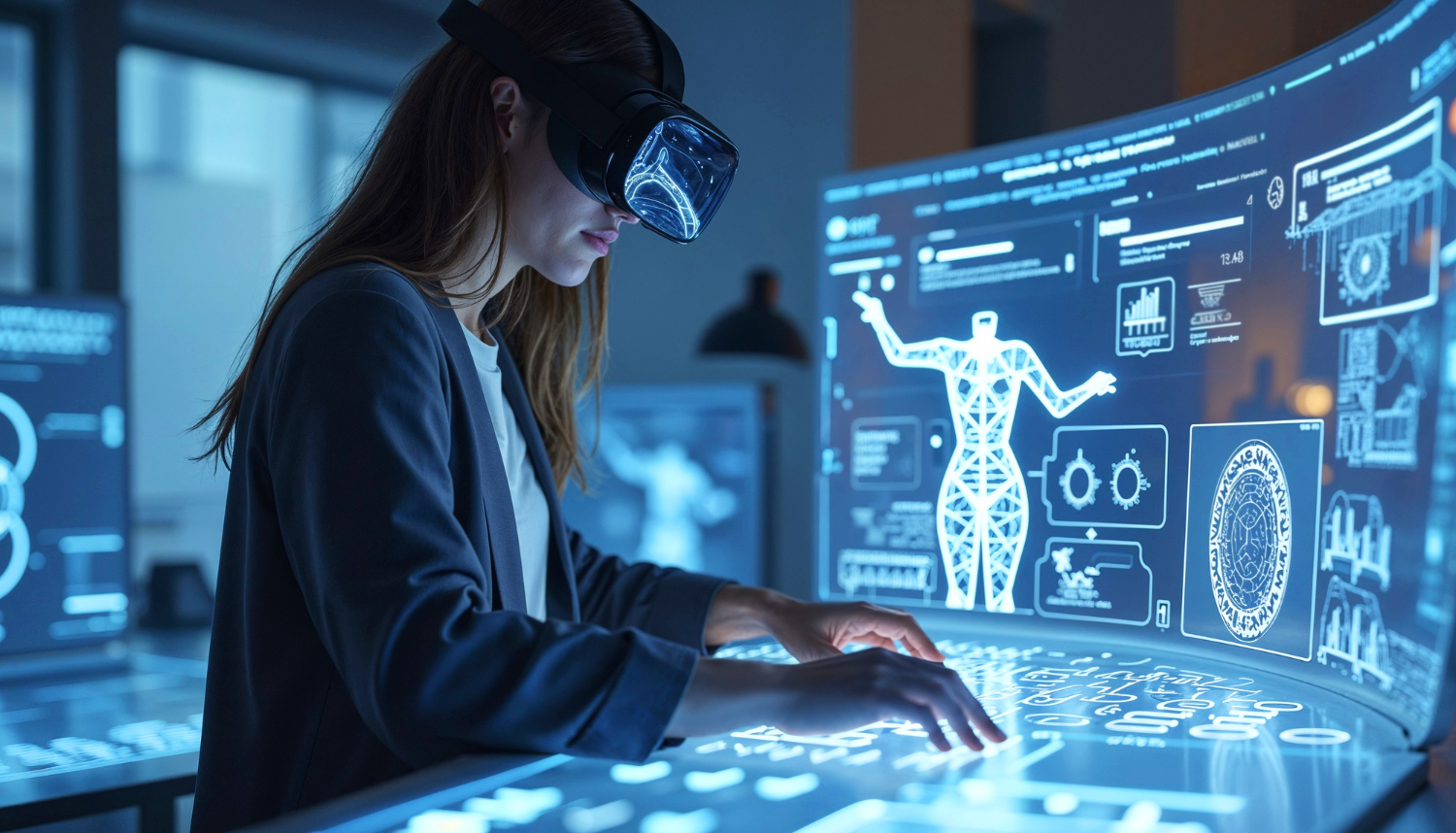Pattern recognition and bioinformatics now sit at the heart of modern biology. Teams in research, clinics, and industry work with an immense amount of data. They collect signals from sequencers, microscopes, and sensors. They need methods that recognise patterns fast and with clear evidence. Artificial intelligence (AI) and machine learning give those teams practical tools that scale.
Why the field keeps growing
The life sciences generate torrents of information each day. DNA sequencing projects run at high throughput and produce large data sets. Labs scan tissues and cells and output more files every hour. Teams cannot review this flood by hand. They set up pattern recognition systems that manage large scale workloads and keep quality high. Computer science provides the foundations, and domain experts guide decisions that matter.
The Human Genome Project changed expectations. It set a model for coordination, data sharing, and standards. Today, new platforms sequence genomes in hours, not years. Scientists now re‑run studies with bigger cohorts and tougher questions. They interpret biological data with richer signals and finer granularity.
From raw signals to structured insight
Teams start with clear goals. They collect training data that reflects the target use case. They label sequences, images, or records with care. They check for bias and drift. They write data analysis plans that match the risk and the budget.
Next, they pick pattern recognition algorithms that fit the task. Some tasks need simple rules that run fast. Other tasks need deeper stacks that learn complex structure. Engineers build pipelines that clean inputs, extract features, and feed models. They monitor performance and keep dashboards that show blind spots.
Pattern recognition algorithms work best when they bring context into each step. A pipeline for sequencing data will treat reads differently from a pipeline for images. Teams still follow the same discipline. They validate each stage and remove steps that add noise.
Read more: Mimicking Human Vision: Rethinking Computer Vision Systems
Supervised learning and unsupervised learning
Different questions call for different learning modes. Supervised learning shines when teams can collect strong labels at scale. It maps inputs to targets with minimal ambiguity. Scientists use it to classify variants, segment tissues in slides, or flag known patterns in genome sequences. They update models when samples shift or when new classes appear.
Unsupervised learning adds value when labels run scarce or change often. Teams cluster signals and search for latent structure. They detect outliers and propose new groups for review. They also compress high‑dimensional signals into compact forms that speed later steps. Both modes matter. Teams switch between them during a project and keep score with clear metrics.
How pattern recognition fits DNA sequencing
DNA sequencing produces reads that require careful handling. Engineers filter low‑quality reads, trim adapters, and align fragments to references. They then call variants and assemble consensus sequences. Pattern recognition systems speed these steps and reduce errors. Computational algorithms find motifs, repeat regions, and structural changes. Models recognise patterns that link signals across loci and samples.
Genomic data often arrives in batches from different machines and sites. Teams design checks that spot instrument drift and batch effects. They correct shifts and log every change. They protect sample identity and enforce secure access at each stage.
Pattern recognition in images and signals
Many labs also rely on imaging. Histology slides, live‑cell videos, and fluorescence stacks need precise analysis. Teams run image processing steps that remove noise and stabilise focus. They follow with feature extraction that highlights cells, nuclei, and subcellular structures. Pattern recognition systems then classify states or count events. Scientists measure response to treatment or track disease progression with these outputs.
Signals from wearables and lab sensors add more detail. Models detect rhythms, spikes, and anomalies. They relate those events to interventions or external factors. Researchers then decide where to probe next.
Read more: Visual analytic intelligence of neural networks
Building robust pattern recognition systems
Robust systems need strong engineering. Teams define the envelope of use and keep to it. They test for failure under common stressors and edge cases. They design clear fallbacks for rare or uncertain inputs. They publish thresholds and trigger actions that staff can trust.
Pattern recognition systems improve when teams link methods to clear outcomes. A hospital might reduce review time for a class of cases. A biotech firm might cut false leads before a costly experiment. A diagnostics lab might raise throughput while it keeps error rates low. Each result depends on the same core discipline.
Choosing the right computational algorithms
No one method solves every problem. Teams select computational algorithms by looking at the data and the goal. Hidden Markov models give strong results for sequence tagging. Graph‑based methods help when relationships between entities matter. Kernel methods offer clarity in medium‑sized feature spaces. Deep stacks shine when the signal spans long ranges and rich contexts.
Engineers also keep models simple when a simple approach wins. A compact classifier sometimes beats a complex stack when training data is small or noisy. Clear baselines set a floor for performance and help reviewers trust the result.
Training data and evaluation that mean something
Training data drives outcomes. Teams sample across sites, seasons, instruments, and demographics. They document provenance from raw files to model inputs. They split data in a way that reflects real use. They hold back families or centres to measure generalisation. They set targets for precision, recall, and calibration that reflect true costs.
Evaluation never ends with a single score. Teams slice results by cohort and condition. They investigate failures and label new cases. They tune models and repeat tests. They keep improvements honest by freezing baselines and running fixed suites.
Read more: Visual Computing in Life Sciences: Real-Time Insights
The role of automation and scale
Large scale projects need automation. Pipelines schedule jobs, store artefacts, and produce reports. Systems watch queues, spot stalls, and recover from errors. Logs track every step, so staff can audit later. Teams then spend time on decisions, not chores.
High throughput work also needs careful cost control. Engineers size compute for peak loads. They keep data close to where jobs run. They cache intermediate objects to avoid repeat work. They monitor budgets and adjust when patterns shift.
How organisations apply these methods
Pharma teams scan large data sets to rank targets. They combine genomic data with image features and clinical signals. They search for patterns that link markers to outcomes. They run small, focused tests that confirm or reject early leads. Strong pattern recognition systems push valid ideas forward and stop weak ideas early.
Hospitals use pipelines that prioritise urgent cases. Models flag studies that show likely risk. Clinicians gain time and focus for the patients who need it most. Researchers publish new findings with clear evidence that others can check and reproduce.
Public health groups watch signals at population scale. They analyse genome sequences from pathogens and track spread. They detect new lineages and inform policy with speed. Pattern recognition algorithms make those insights possible.
A brief note on odd terms in practice
Some teams still write “bioinformaticsmachine learning” in notes or file names. The phrase looks odd, yet it reflects a tight link between the fields. Others use snippets like “recognize patterns” in specifications. Teams do not argue about spelling in these cases. They write tests and measure results that matter for the project.
What good teams do every week
Good teams refine methods in short cycles. They add training data from recent cases. They re‑train with clear change logs. They run fixed tests and report deltas. They invite domain experts to challenge results. They update documentation and teach colleagues how to read the outputs and limits.
Good teams also mind ethics and privacy. They control access to genomic data. They remove direct identifiers and audit use. They set rules for consent and purpose and respect those rules in code.
TechnoLynx: Turning bioinformatics into outcomes
TechnoLynx helps teams build pattern recognition systems that handle large scale bioinformatics work without fuss. We design pipelines that process high throughput DNA sequencing, clean inputs, and run computational algorithms that interpret biological data with clarity. Our engineers combine computer science depth with hands‑on lab context.
We shape training data strategies, tune supervised learning and unsupervised learning methods, and test systems with strong checks. We integrate models with lab tools and clinical systems, and we keep logs and dashboards that staff can use. We support projects that span genome sequences, imaging, and other signals. We help your teams recognise patterns in large data sets and act on results with confidence.
Let’s collaborate and turn your bioinformatics challenges into clear, actionable solutions!
Image credits: Freepik

